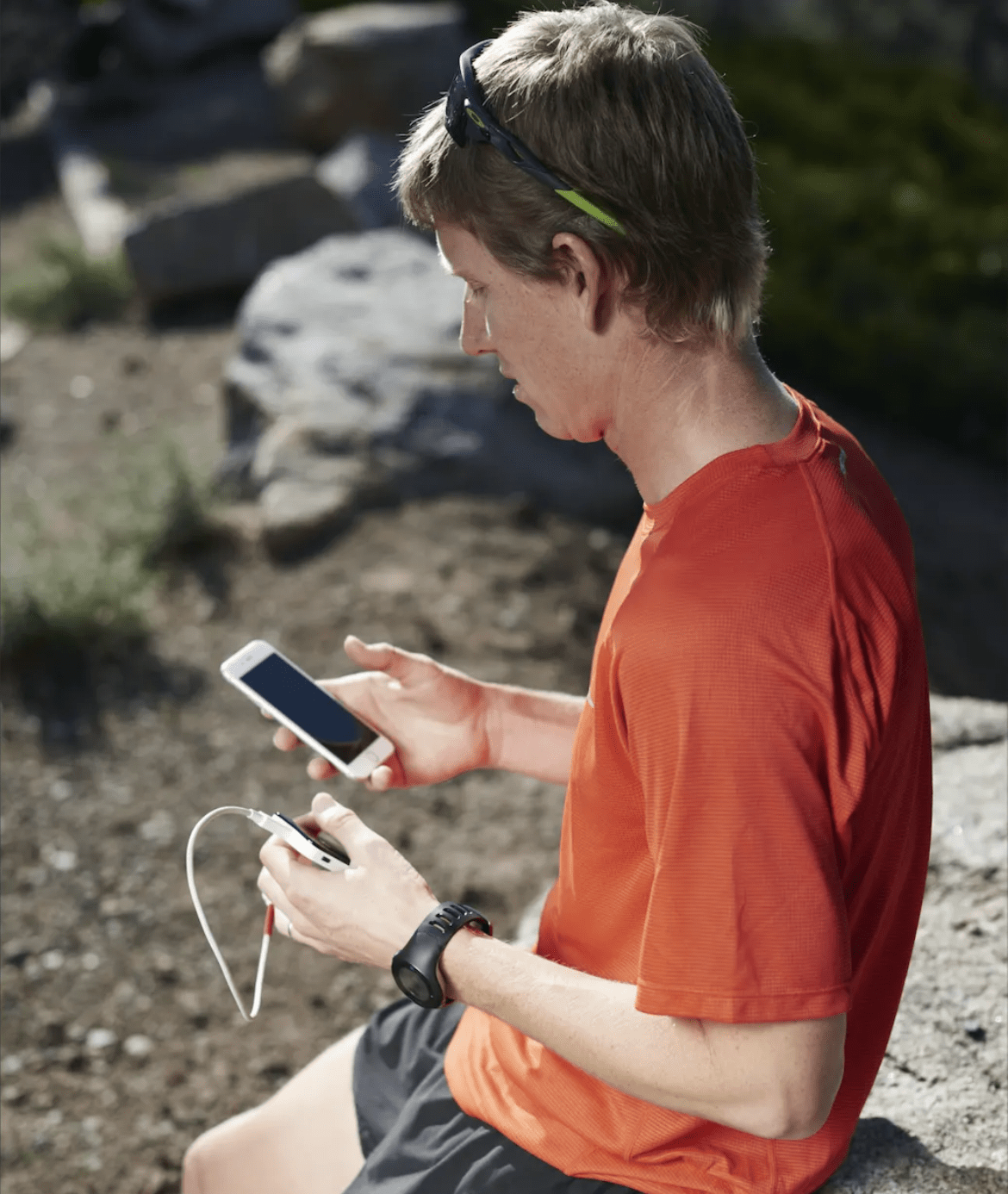By Jarrod Shoemaker
Training is about the accumulation of stress, load and work over time. Balancing the variables of training is key to making positive progress in your fitness and race preparation. Your body reacts to training and using Ember as a tool to be an objective test removes some of the human error of going by just body feelings.
I have used my Ember to monitor a couple of key parameters over time. Your body changes based on responses to stress, and in general your body does not know the difference between physical, mental and emotional stress. The body’s reactions to all of these stressors take the same toll on your system, and although a lot of athletes believe that even if they are not training hard their bodies can’t be tired, that is not true. The fluctuations of these key parameters on my Ember show me not only the physical effect of training, but also can show if you body is in a general state of fatigue based on non-training stress.

Using Ember over the short term is very effective, but one of the key benefits is using it to look at long term trends. After my season ends I use Ember’s Trend Graph to look at some key parameters, hemoglobin, pulse rate and oxygen content, and compare them against the training loads throughout the season. Body and body chemistry change with every hard workout and over the course of several hard days hemoglobin can drop and pulse rate can increase. The important part is to see that after an easier recovery day or two your parameter numbers have bounced back. This change shows that your body has adapted.
As a coach Ember allows me to check in on my athletes to see that they are tired when I would expect them to be tired; i.e. after a 2-3 day hard training block, or after a 3 week extended hard block. Continuing to monitor with Ember also shows you when athletes are ready to train hard again.

Finally, using Ember’s trend graph also is a great way to see how athletes are responding to travel. The stress of travel and the effects of jet lag are real and cannot be ignored. A lot of athletes forget to drink and end up very dehydrated after long trips (this is also partially due to the low humidity on airplanes). Dehydration has a huge effect on your blood and using Ember to help monitor in a short-term situation is a great way to see when the athlete is ready to train hard after travel.
One of the great tools I have utilized with Ember is the long term trends. I love being able to look back and compare the data against my training loads. These parameter numbers allow me to provide another check on my training and adaption.





